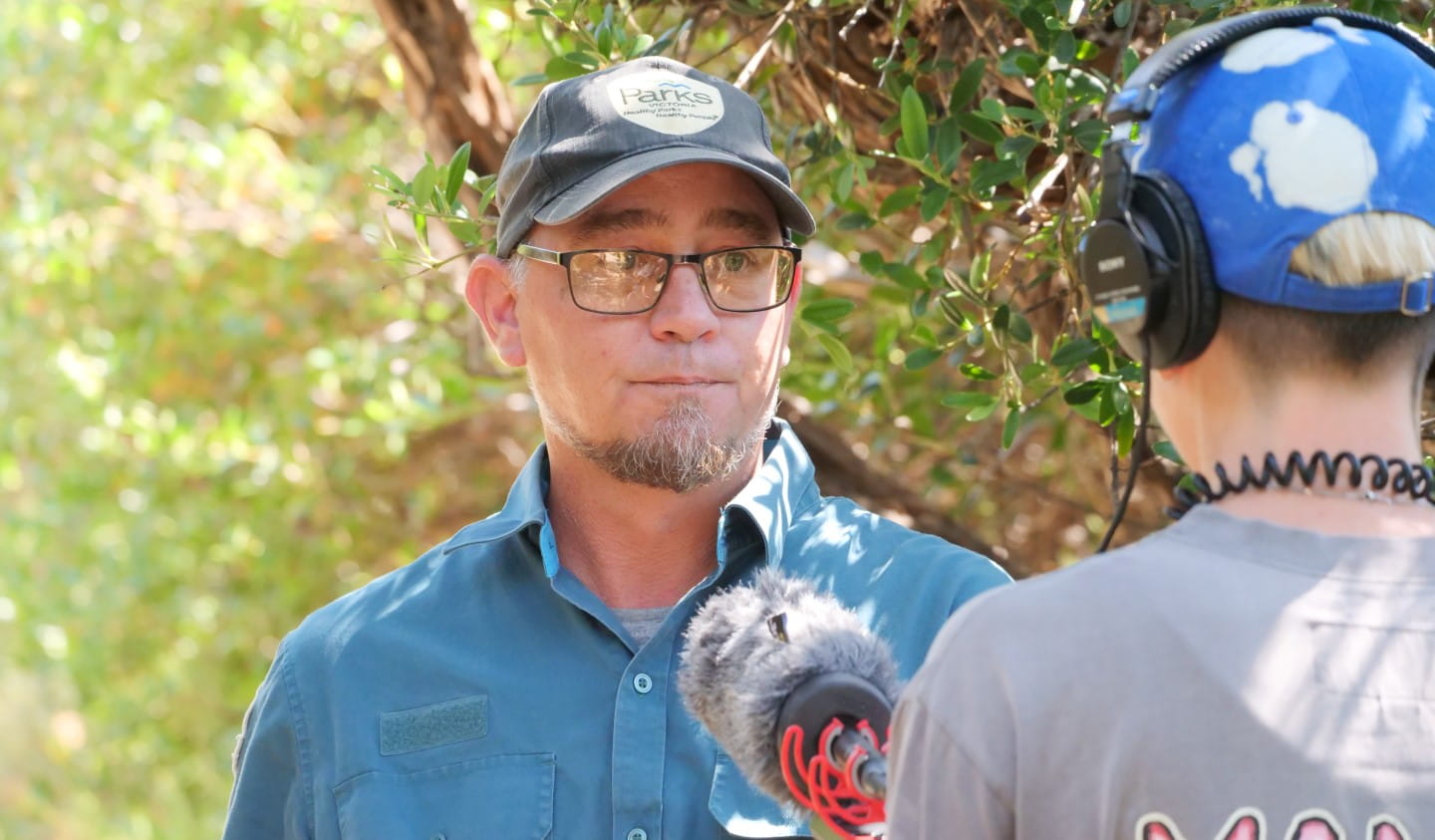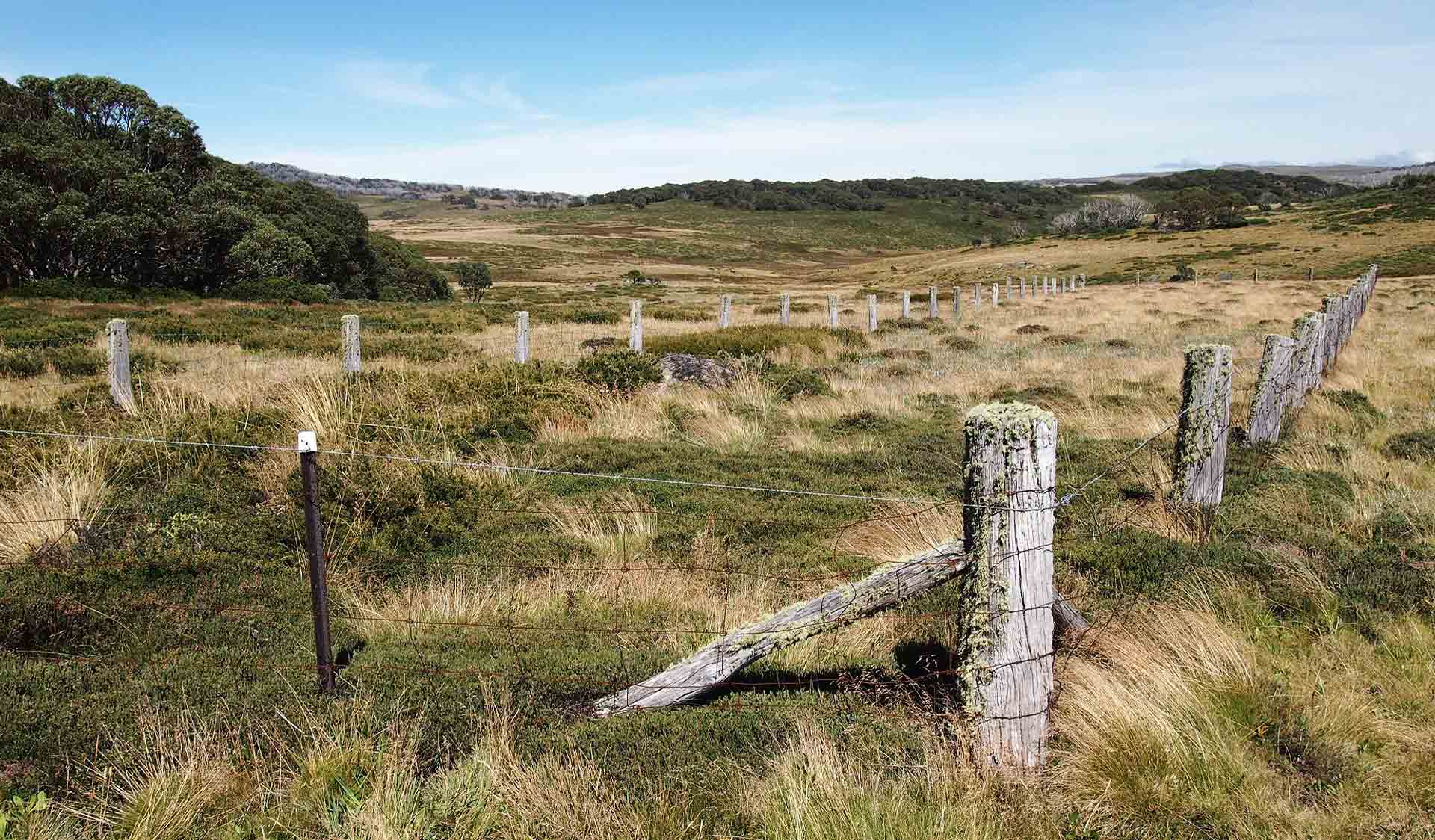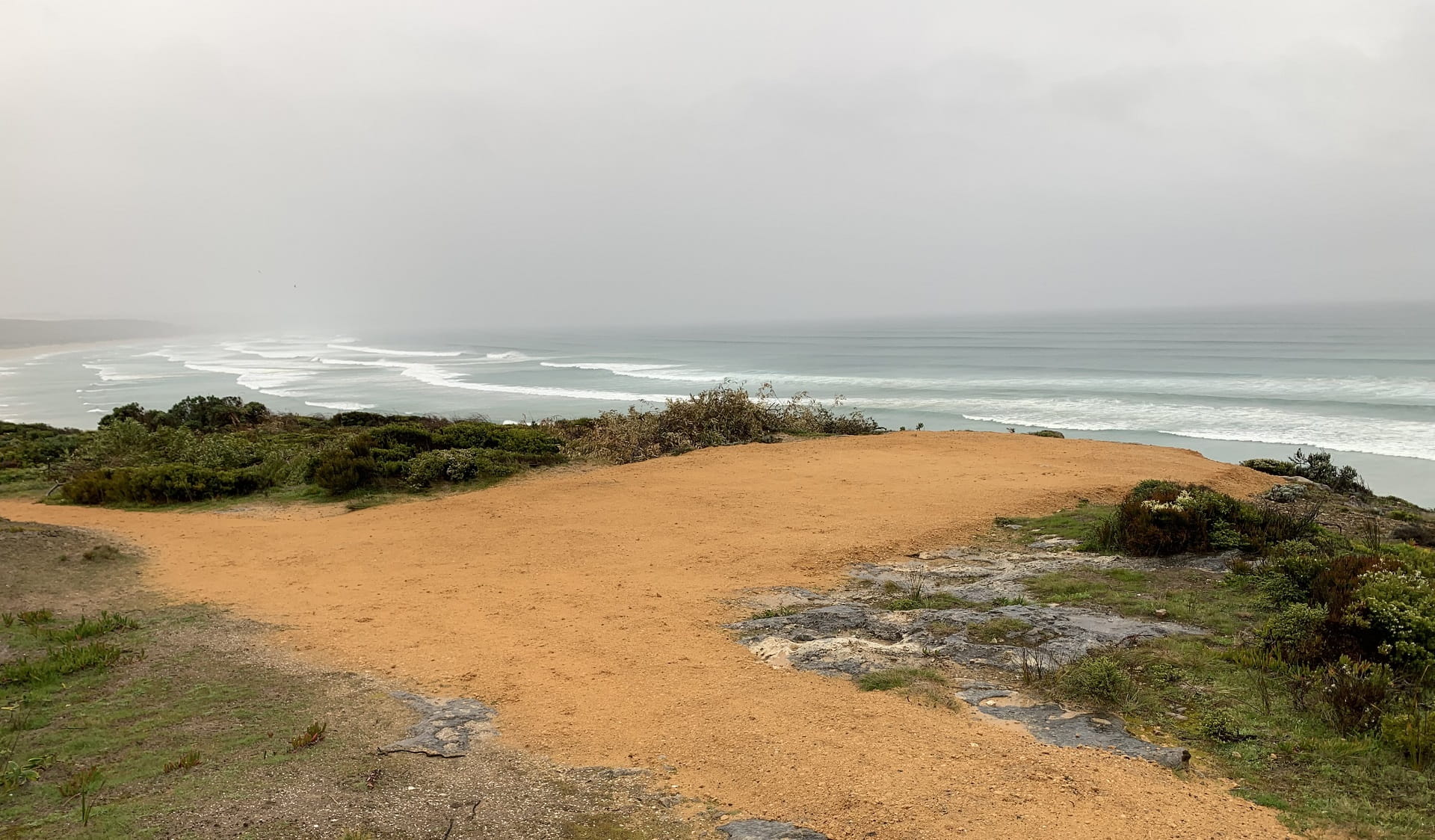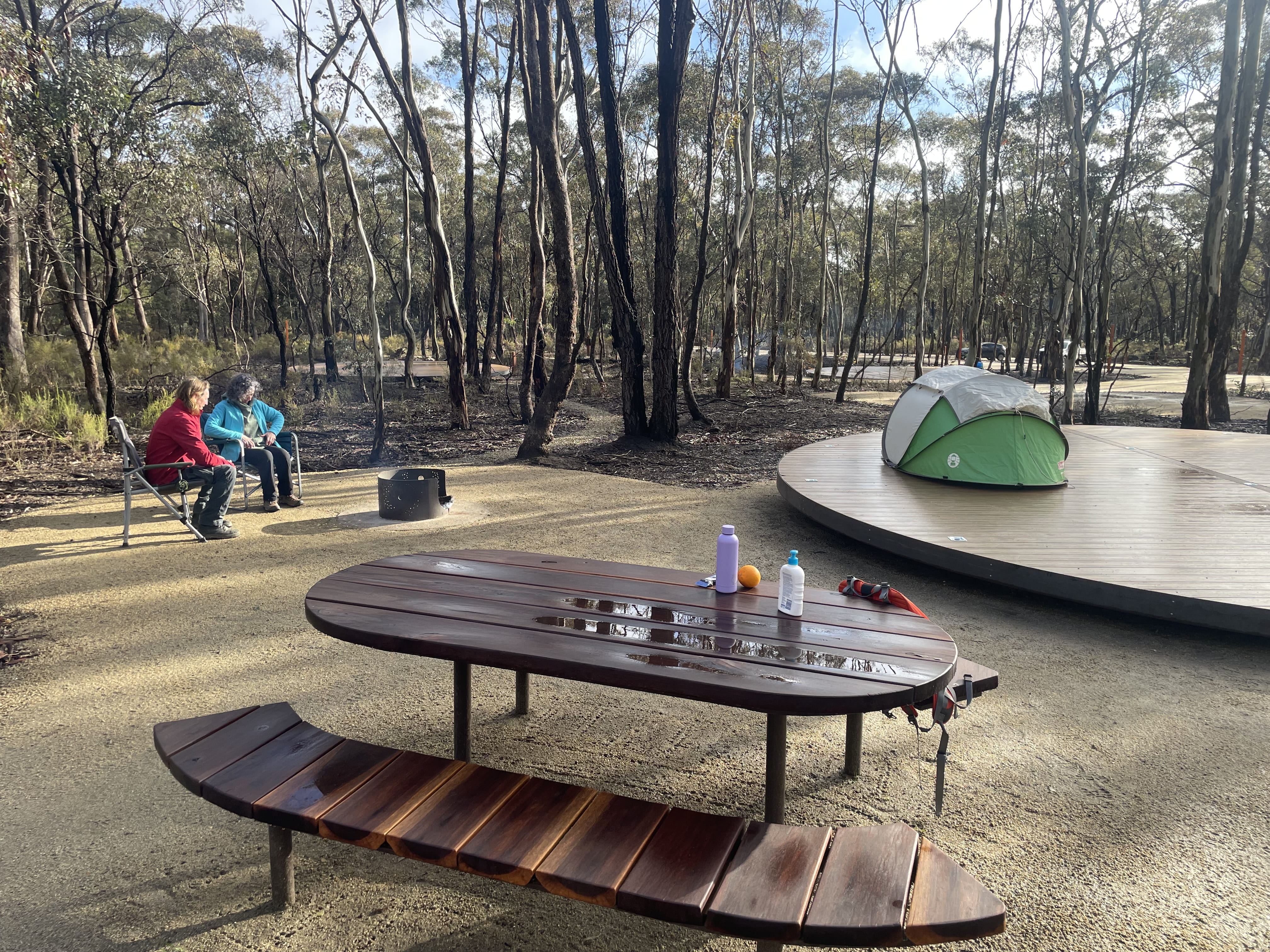Closer to Nature, Episode 2: Understanding the Cultural Landscape
Wednesday 14 August, 2024
Overview
- In the second podcast episode of Closer to Nature, we talk with Clinton Morton, Project Officer Traditional Owner Partnerships, about Parks Victoria’s role in preserving Aboriginal cultural heritage across the state.
- Closer to Nature is a new podcast by Parks Victoria, about how the climate crisis is unfolding across Victoria.
Subscribe to Closer to Nature wherever you get your podcasts.
What is Parks Victoria’s role in protecting cultural heritage?
The sun is beating down, a gentle breeze rustles through the coastal heath, and, in the distance, the sound of an icy Bass Strait wave crashes onto an empty beach. It’s a perfect day here in Wilsons Promontory National Park.
For episode 2 of Closer to Nature, we’re joined by Clinton Morton, Project Officer Traditional Owner Partnerships, to discuss Parks Victoria’s role in protecting and conserving important elements of traditional cultural heritage across the state.
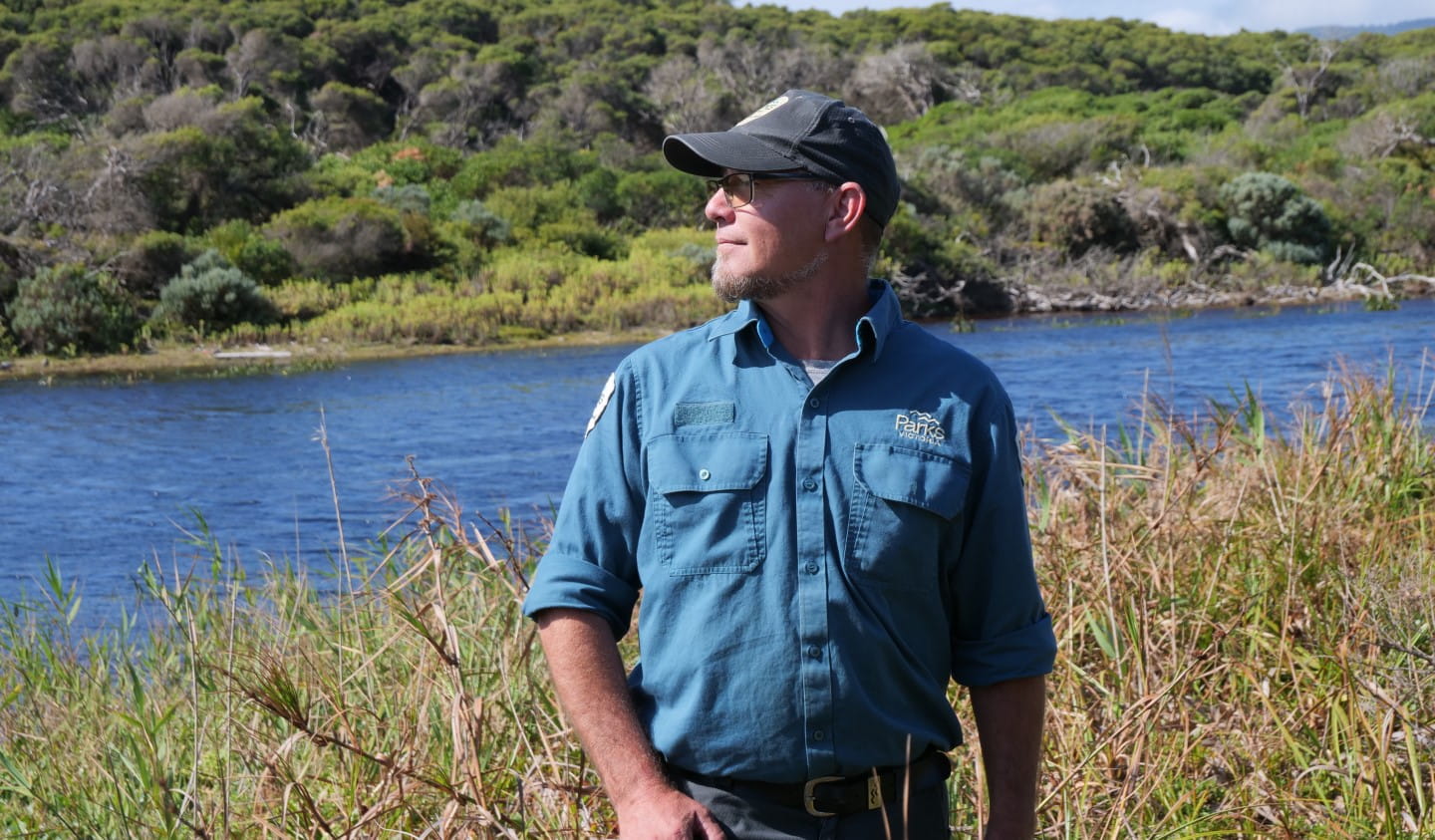
Photo: Clinton Morton, Project Officer Traditional Owner Partnerships at Parks Victoria, looks out across Darby River at Wilsons Promontory National Park.
“We're currently at Darby River, a catchment area for the Prom, which catches somewhere between 60 and 70 percent of the rainfall that hits Wilsons Prom itself, otherwise known as Yiruk Wamoon. Yiruk is the Gunaikurnai word for the Prom, and Wamoon is the Bunurong-Boonwurrung word for Wilsons Prom,” Clinton says.
In Victoria, cultural heritage encompasses all values, both intangible and tangible, of current and past generations of Traditional Owners who’ve lived on Country for tens of thousands of years. Examples of intangible cultural heritage include customs, traditions, language, knowledge and folklore that has been passed down from generation to generation through the ages by Traditional Owners.
At Parks Victoria, Clinton’s role focuses on working with Traditional Owners to protect the tangible cultural heritage assets - those that can be seen and felt - in the landscape.
“(When I talk about) culture and heritage I'm referring to the tangible items, the physical things that are still visible today, whether they be middens, which are generally full of shells (but sometimes contain burials), stone axes, stone tools, scar trees, or rock art,” Clinton says.
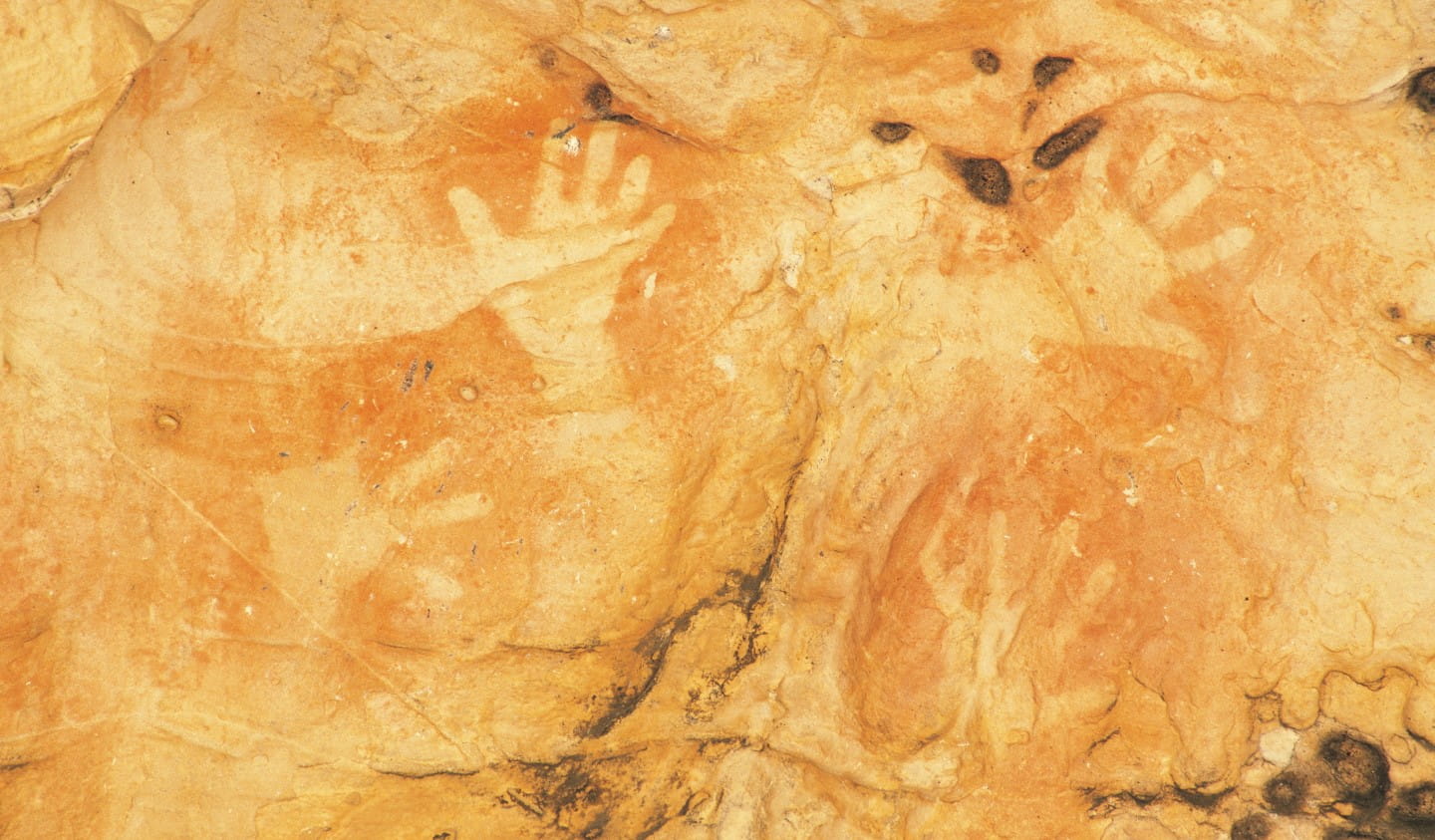
Ancient rock art, like these hand prints at Gulgurn Manja in Grampians (Gariwerd) National Park are an example of tangible cultural heritage that Parks Victoria protects in partnership with Traditional Owners.
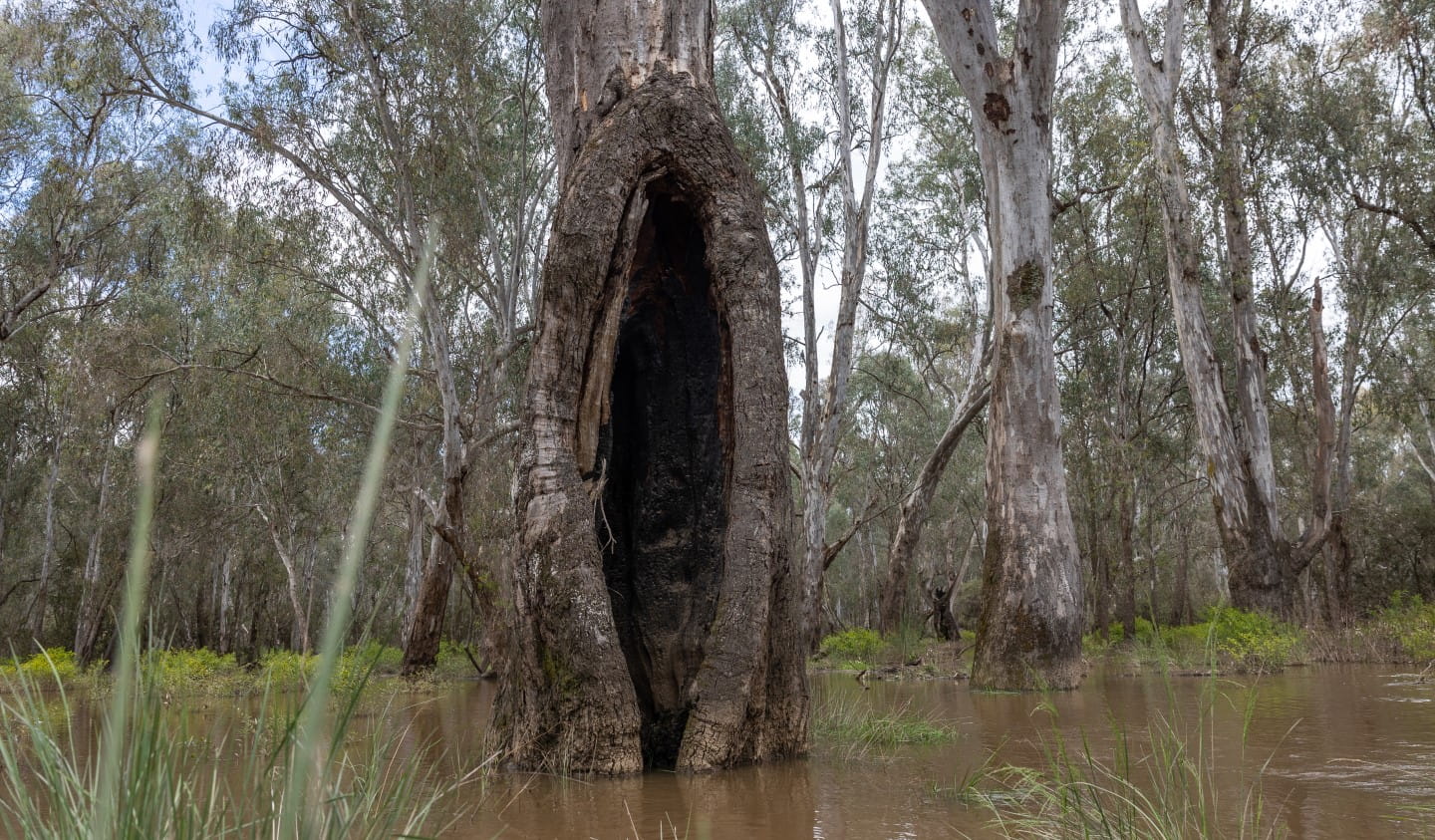
Scar trees were formed after large sections of bark were removed from trees in order to create items like canoes and shields. This particular scar tree is found in the flood plains of the Warby-Ovens National Park and is another example of tangible cultural heritage.
“We don't actually have any recorded rock art down here at the Prom, but that doesn't mean it's not there. Less than one per cent of Wilson's Prom has been surveyed for Aboriginal culture and heritage. Most of those sites were recorded around the 1980s, so the geo-referencing is out, and the data is very, very minimal.”
This tangible cultural heritage which has survived for thousands of years is increasingly at risk of being lost to time due to the ongoing impacts of climate change. For example, more intense bushfires make it harder to protect traditional scar trees, sand dunes move over time uncovering ancient burials, and rising sea levels and storm surges erode coastal middens.
But what is a midden exactly?
“Midden actually means rubbish tip. That's how they were first described by archaeologists… but it doesn’t translate very well.”
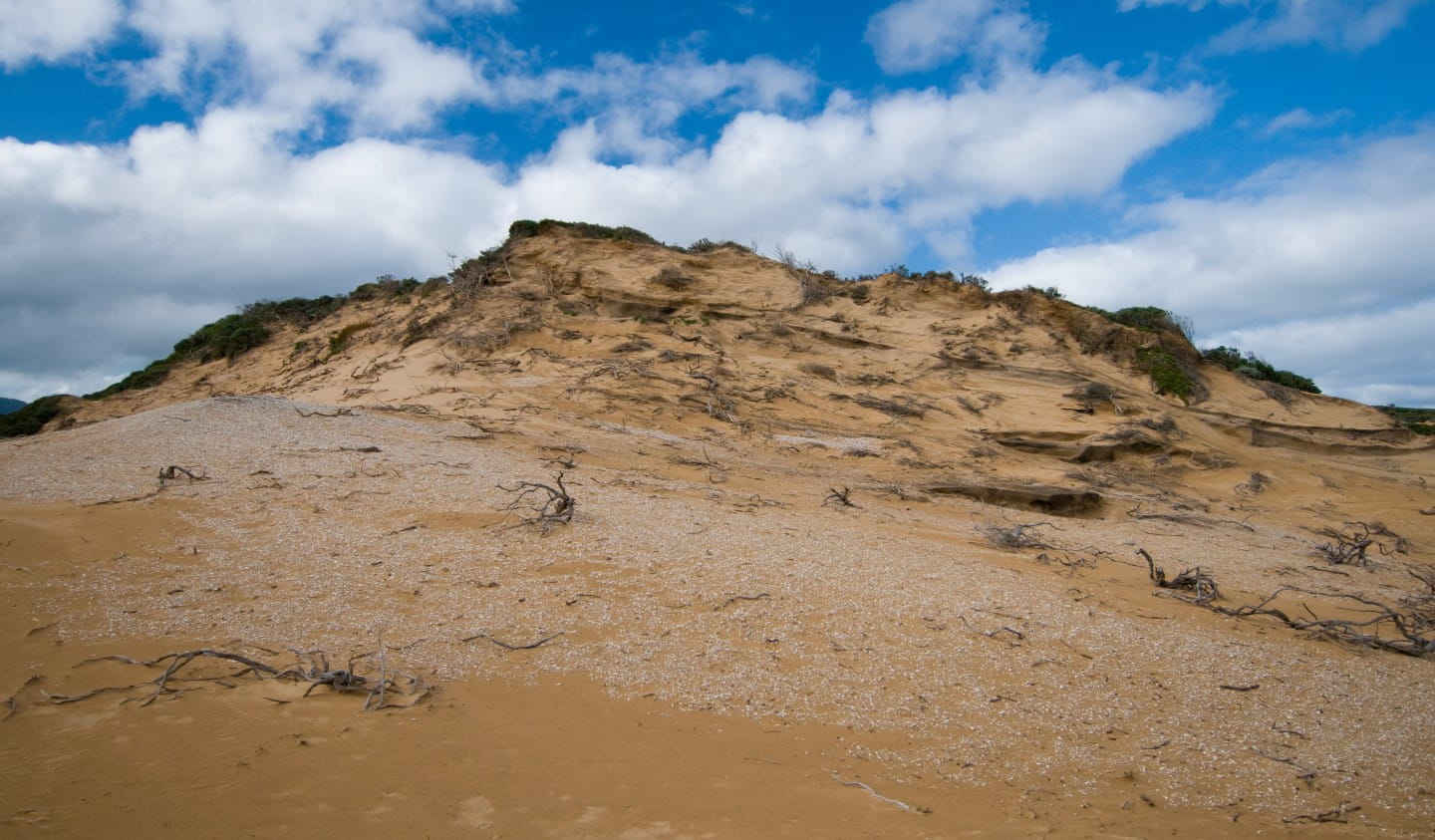
Photo: Exposed layers of shells are a tell-tale sign of a midden site, like this one at Wilsons Promontory National Park.
“A midden is basically a site where you can see the evidence of the harvesting of seafood. The things that exist and last the longest out of that process are generally shells. These are shells that have been piled on top of other shells while they're being cooked, so they break down, they fracture down, they compact down.”
“We have one midden along the west coast of the Prom here that is 55 hectares. That's roughly, if I'm getting my numbers right, close to 200 acres - just of shells. So you've got the same groups of people coming back to the same areas over thousands of years and thousands of people.”
“Sometimes we find burials in there as well, in those midden sites that you would come back to again. You're sitting there retelling the stories of an old Aunty or Uncle who is buried there and their life and the stories they've passed on to you. And that continues that connection on.”
“For Traditional Owners, it’s a very spiritual place as it's a site of physical evidence that shows occupation. These things are so old.”
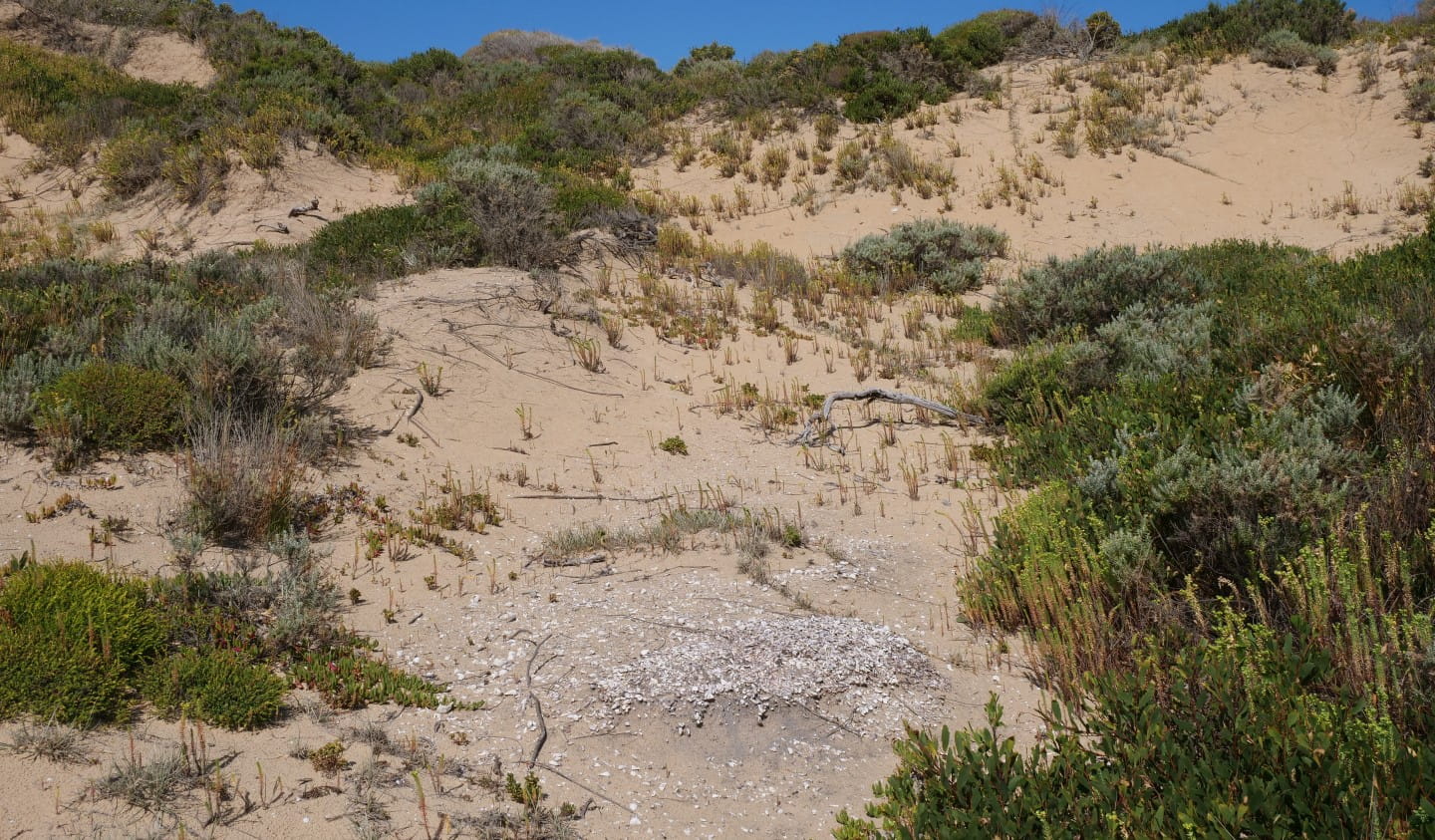
Eroding sand dunes are constantly exposing larger sections of middens.
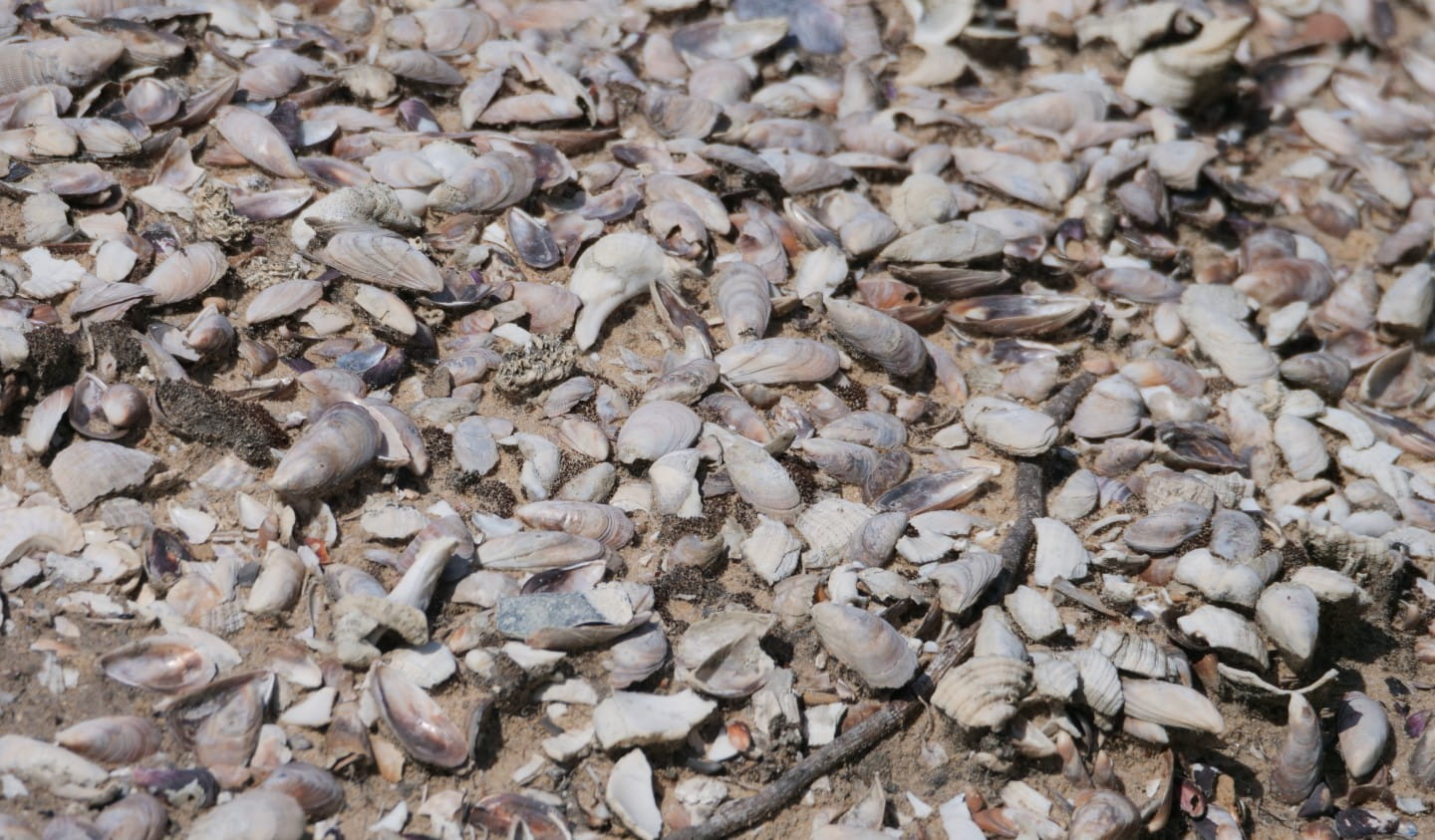
Middens are most often-made up of layers of discarded shells and animal bones, but can also sometimes include Ancestor burials.
But a combination of rising sea levels, more frequent storm events, and natural erosion is hastening the speed at which middens are exposed and washed away, erasing these culturally significant sites. For Clinton and his colleagues, how to protect cultural heritage sites in the face of an ever-changing environment is an issue with no easy answer.
“How do we protect that tangible heritage? Or how do we manage it is probably a better way to phrase it. Because sometimes you just have to allow the natural process to do what it does and there's not much that we can do.”
Photo: Clinton Morton being interviewed for Closer to Nature.
"We recently had ancestral remains exposed out of a midden, and that's been caused by the catchment flow in conjunction with the tidal wash, which has impacted and undercut this midden.”
“So, if we think that a cultural site is going to be disturbed and destroyed, what are we going to choose to do in that situation? If we choose to go in and try and protect what's there and we're going to do a dig and gather back what we can so we can protect it somewhere else, that's making a deliberate choice to go in and potentially disturb someone's burial site.”
“They would’ve been buried with proper ceremony and protocol - and you're breaking that. Yet if you don't make those hard decisions, then they may just be washed away forever.
“So then these are decisions for Traditional Owners. These decisions are not decided by Parks Victoria. How the Traditional Owners ancestors are looked after, that needs to be guided 100 per cent by the Traditional Owners.”
“(Because) once it's gone, it's gone. You can't reproduce this. You can't stand a scar tree back up, or once it's burnt, you can't just make it reappear. Once ancestral remains have been destroyed, or moved to a museum, that's now completely changed. You can never take it back to what it was.”
This means Clinton and his Parks Victoria colleagues, in partnership with Traditional Owners, are in a race against time to protect and preserve cultural heritage sites across the state from further degradation.
“We know we're losing cultural sites here at the Prom. We know that that's happening through the natural process of sea level rise, inundation, and the effects of climate change. The money, the resources, the time to actually go out and completely protect these sites and make sure they're never impacted is so massively huge that there's no hope of that really happening realistically.”
“But if we put the time and the money into actually finding out exactly what is here. And we use the technology that's now available to us today to capture this information, whether it's drone footage or LiDAR or whatever. There's all these different techniques that we can use now, but especially drone footage is going to be extremely valuable (because) once we can capture that information, that information then can be fed into different systems.”
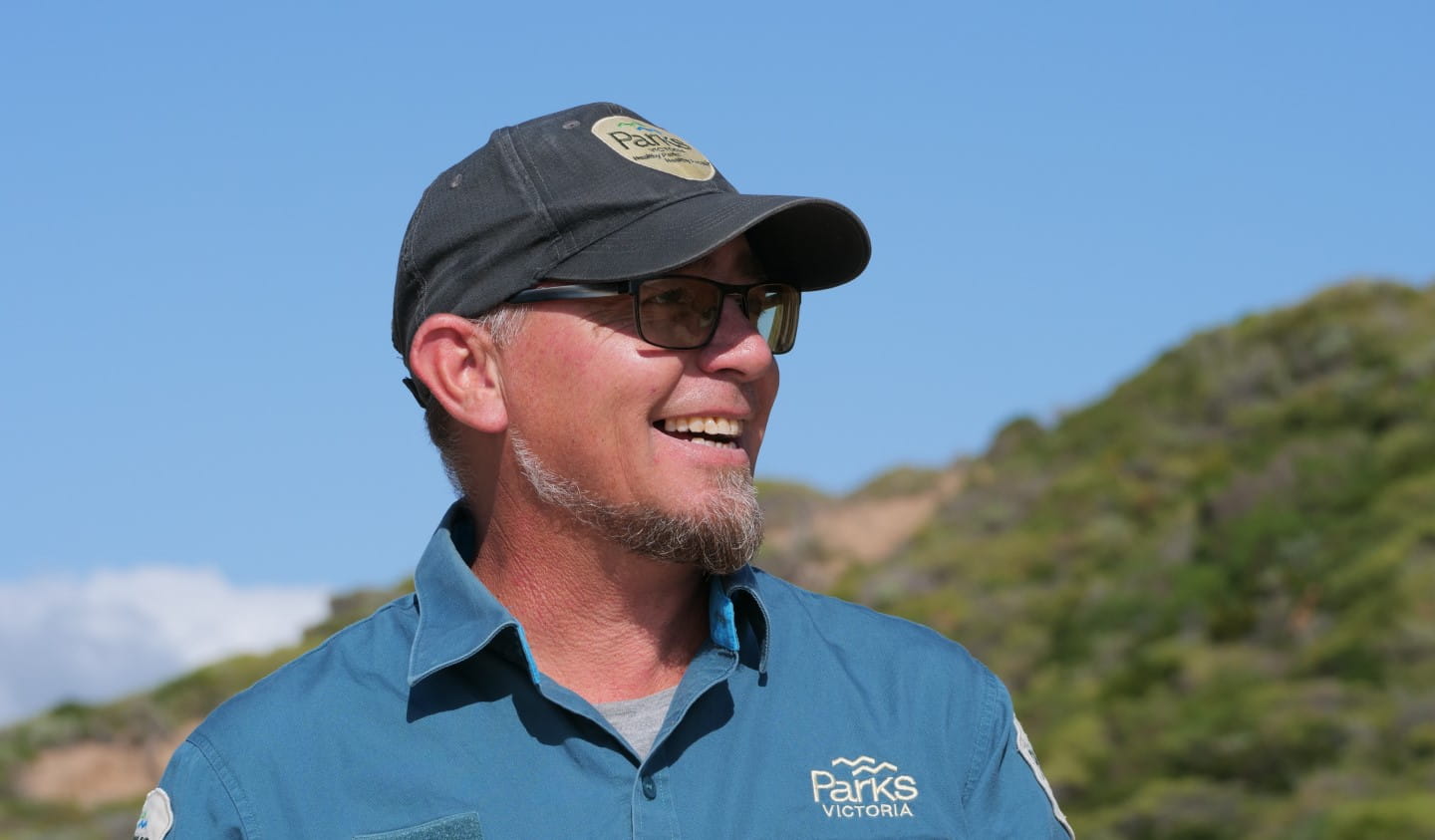
Photo: Clinton Morton liaises with different Traditional Owner groups across the state through his role with Parks Victoria.
The potential use of new technology like drone footage, LiDAR, and virtual reality could capture these sites are as they are today, before further damage is done, allowing these sites to be recreated digitally. This approach allows future generations to experience and learn from these cultural sites, even if they are lost physically.
“We could actually create a way where in 50 or 60 years time, through virtual reality people will actually go be able to go back and experience those cultural sites as they are today. So even though we may lose them physically, and we may be only able to salvage some parts of them, we can still have that knowledge and that experience, and that story can still be passed down to future generations for them to see.”
Links:
- Managing Country Together
- Protecting Aboriginal Cultural Heritage
- Partnerships with Traditional Owners
- Living Proof: Ingenious and sustainable land use practices of Aboriginal people
- Wilsons Promontory National Park
To stay up to date with the latest conservation news and updates, subscribe to Conservation and Science eNews with Chief Scientist Dr Mark Norman.



